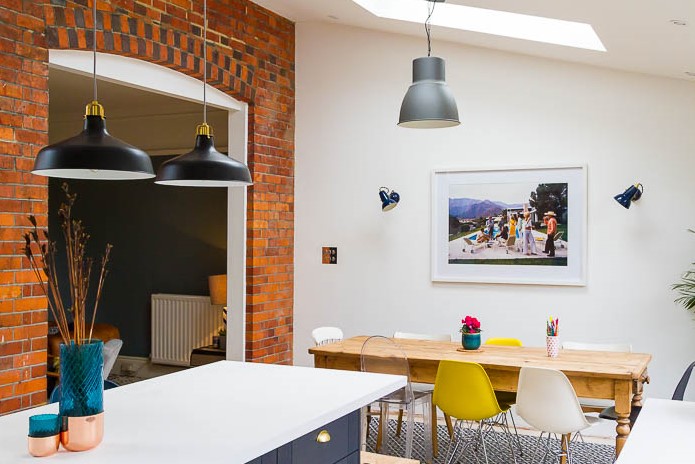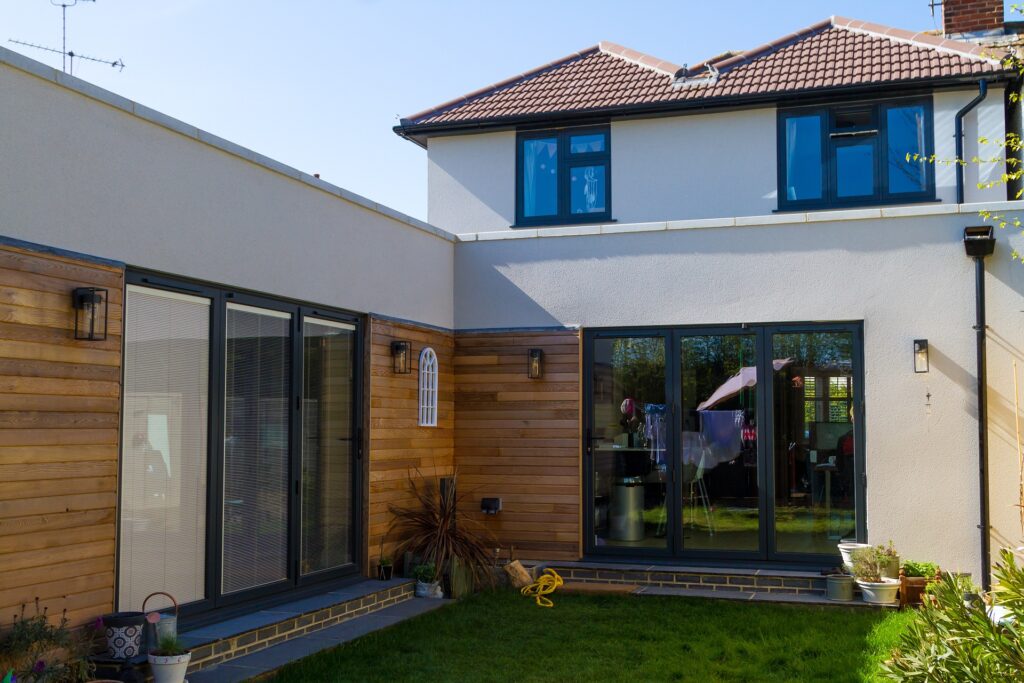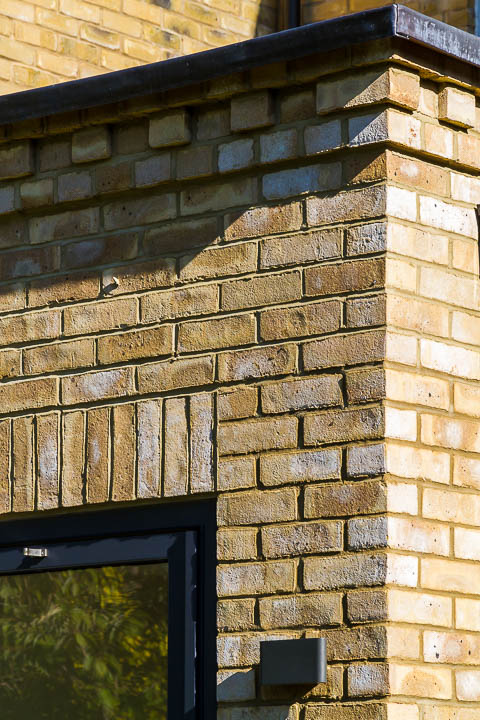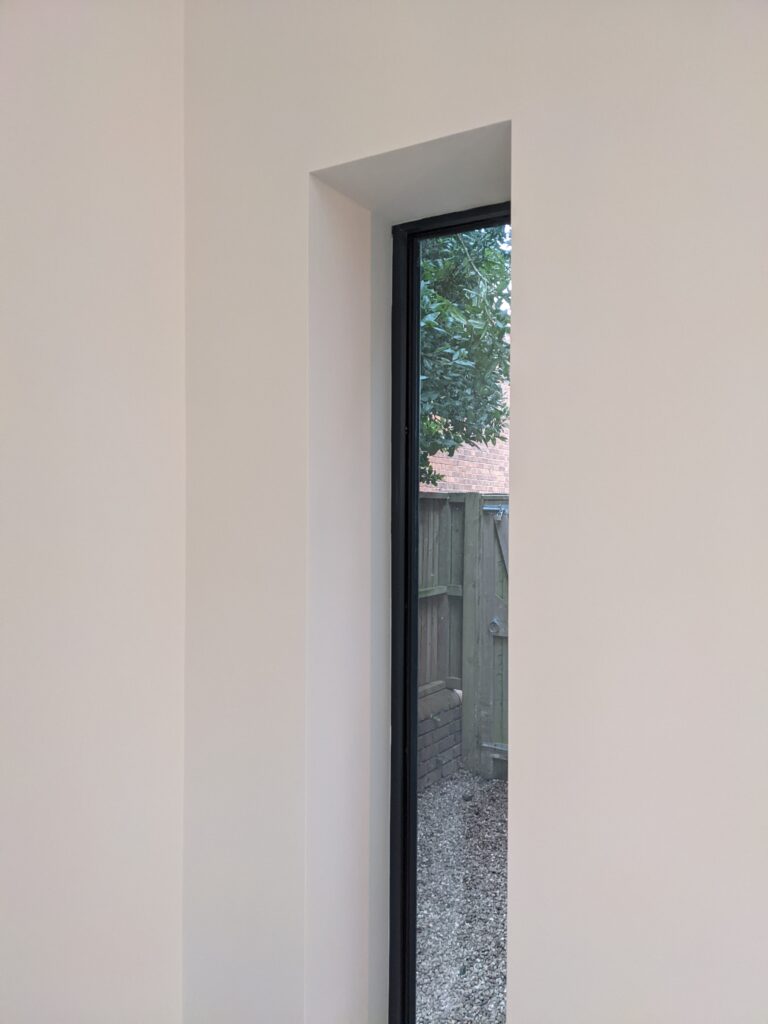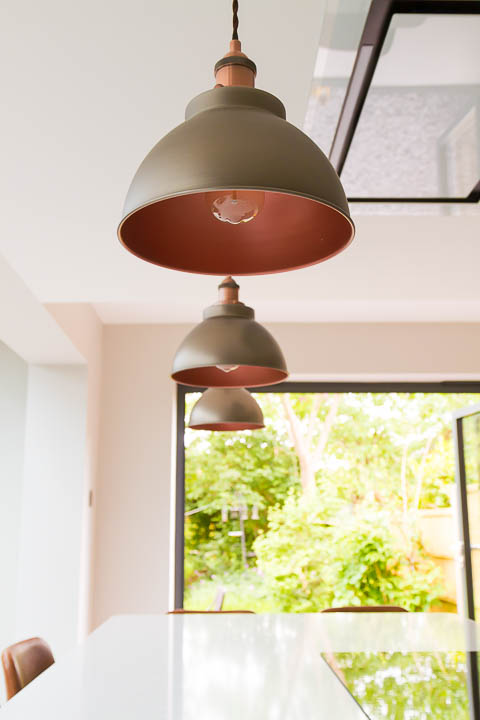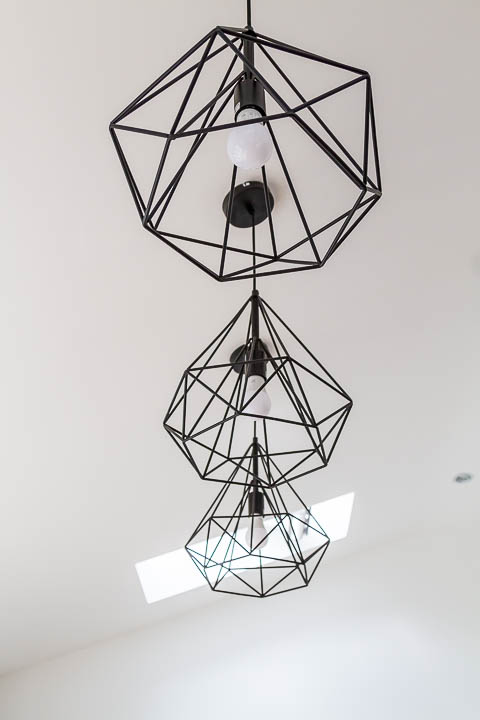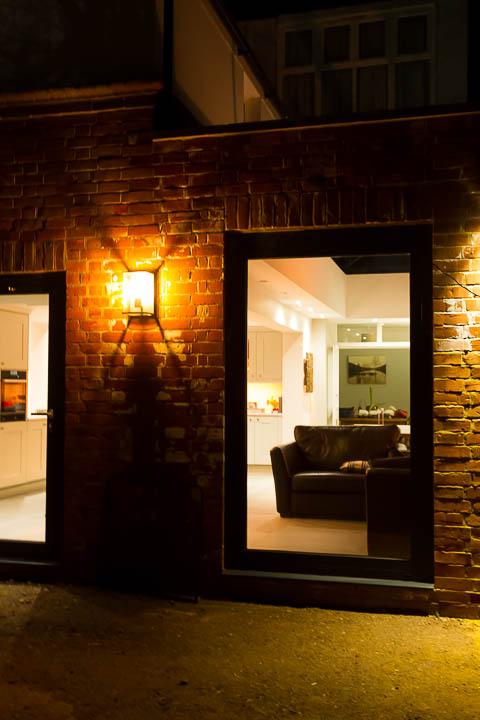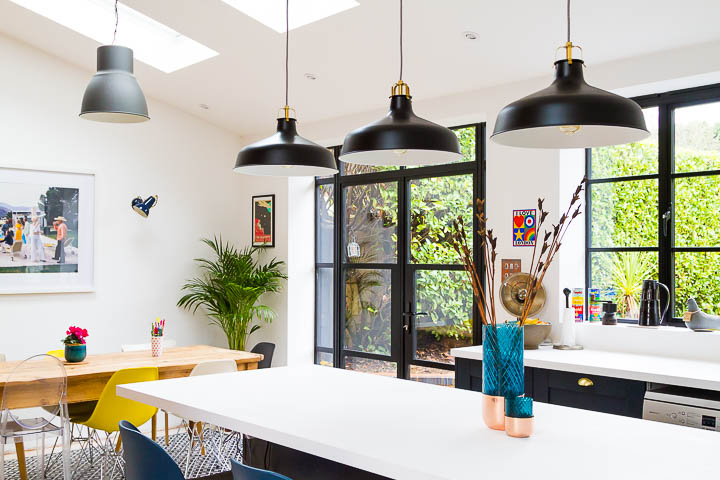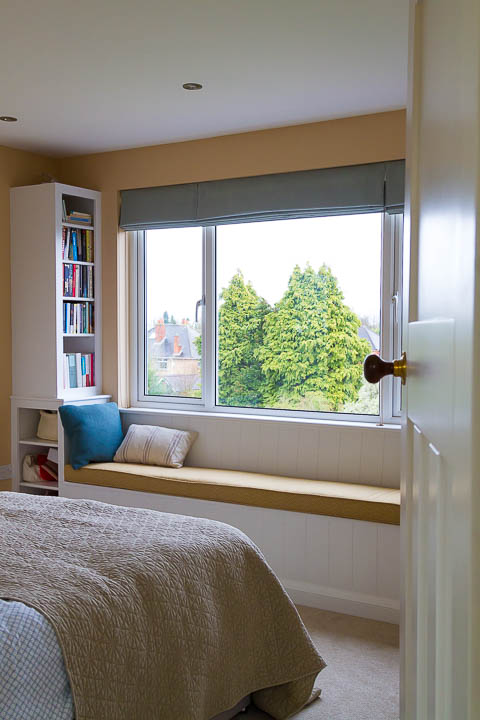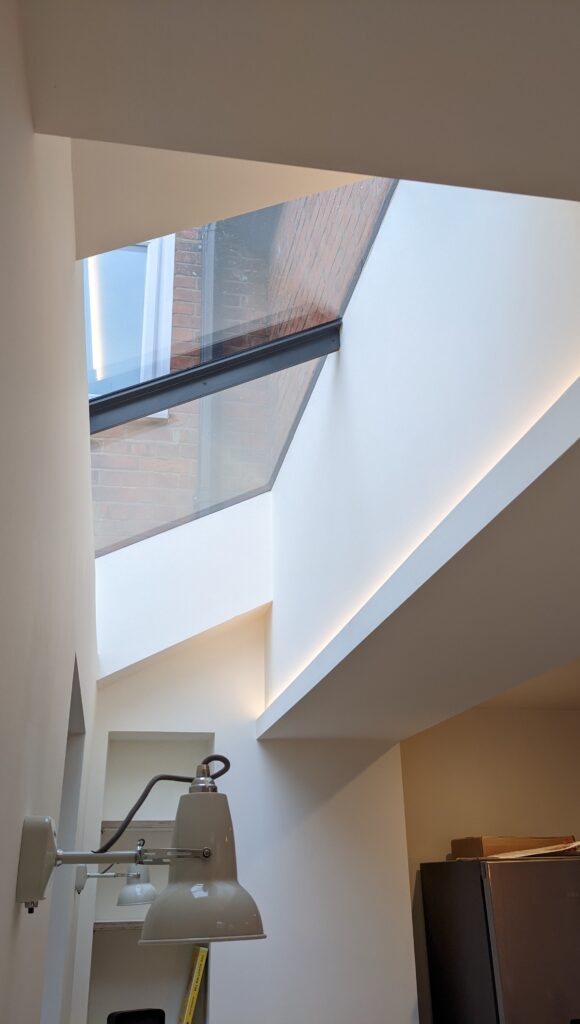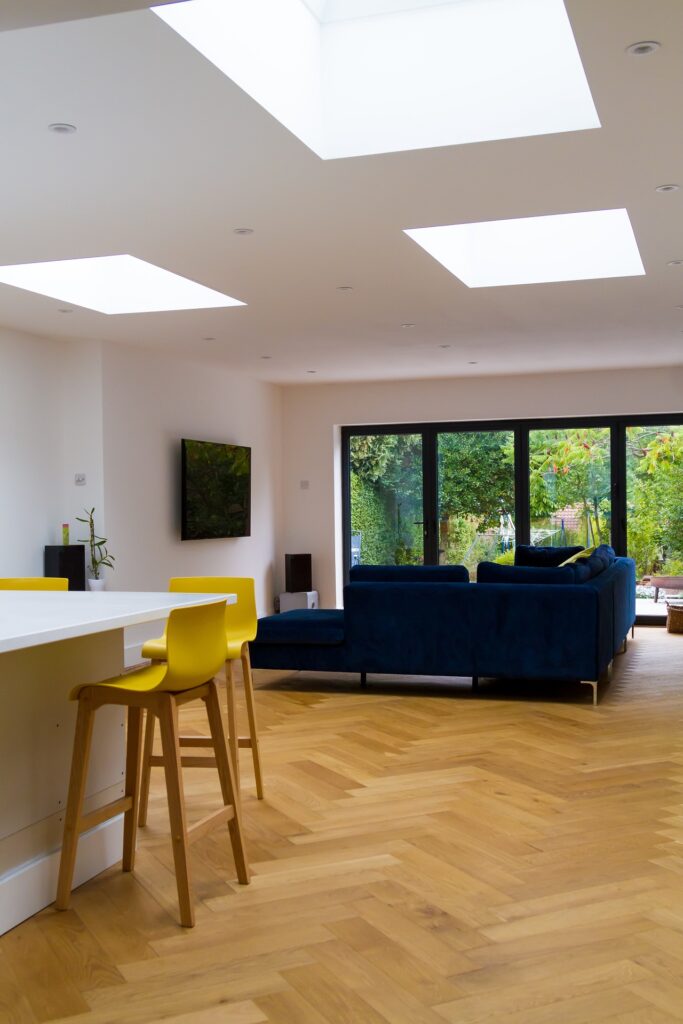Once upon a time I won a £1000 essay prize as part of the JCT Student Essay Competition. I wrote about a topic which, at the time, seemed to me like a game changer: building information modelling (BIM).
For the uninitiated, BIM is much more than a 3d model – it’s a process for creating information, capturing specifications, quantities, and schedules all in one place.
In 2011, the UK Government decided that by 2016, BIM should be mandatory for public sector projects across the construction industry. My essay explored the challenges this would pose and implications of not jumping on board. And whilst I don’t work on public sector projects right now, I think there are many relevant points to be shared.
It takes a whole team of people to deliver a construction project whether we’re building a library, a skyscraper, or a home extension. And, if we’re going to do a good job for our clients, we’d better start talking to one another a bit more often and a bit more clearly.
What does BIM mean for the construction industry?
In the essay, titled BIM: Double-Edged Sword, I wrote that architects would need to evolve. Whilst it was about embracing new processes and software, it was also about an acceptance of being part of a wider team, with successful projects resulting from good collaborations.
The adoption of BIM would be a monumental task for the construction industry. Just like the transition from old school drawing boards to drawing digitally with CAD, it was going to hit some businesses harder than others.
The message I crafted was “adopt or die”, yet adoption was and remains slow.
The immediate need for collaboration
Whilst the concept of creating a single shared model came with all sorts of issues about liability and ownership, the fact remained that working more closely with each other at an earlier stage of a project could only be a good thing.
And that is something I’ve been actively working on in my own business for the past 12 – 18 months, much to my clients’ advantage. Fed up of waiting to embrace BIM of my own accord, with no real need or incentive, I chanced upon others who already had.
Joining forces with industry partners
For a number of recent projects, I’ve been working with Michael Aubrey Partnership, who have their fair share of BIM wizards, technologists, and structural engineers. It makes them a pretty good team to know and to work alongside.
From existing building models, early stage structural input and the technical design skills to deliver the project, we’ve developed a close knit way of working.
There are many benefits to creating the building virtually ahead of constructing it in real life. It helps you understand what it will look like, allows coordination of structure, services and architecture. It helps to spot any problems so that they can be fixed before the building work begins, and this in turn keeps costs down by avoiding the need to resolve these matters during construction when the stakes are much higher.
This team-led approach provides a helpful reality check for my home extension clients at an early stage. Working together, we’re able to identify design tweaks that can keep costs down without compromising on creativity.
Whilst most things are possible, not everything is practical.
The feedback on this approach has been really positive. It’s good to know that we are bringing value to our clients.
“We’re really pleased that you are getting structural engineering feedback at this early stage, because it really helps us with our decision making”
How BIM principles have revolutionised my business
Even though my own BIM journey hasn’t been quite the evolution I’d anticipated, sometimes you have to create opportunities to do things a little bit differently. Now that I see first hand the benefits of BIM, I’m ready to embrace new software and get on board with the BIM revolution.
It turns out that, as is true for a lot of things in life, you don’t have to know it all. You just need to know how to assemble the right team, with the right skills and the right attitude.
So, who’s on your team? Do they work well together?
Read the full essay
Interested in my original essay? It’s a reminder of the days when I wrote with long words like dichotomies, paradigm shifts and interoperability – before the kids muddled my brain!
You can read it here.
